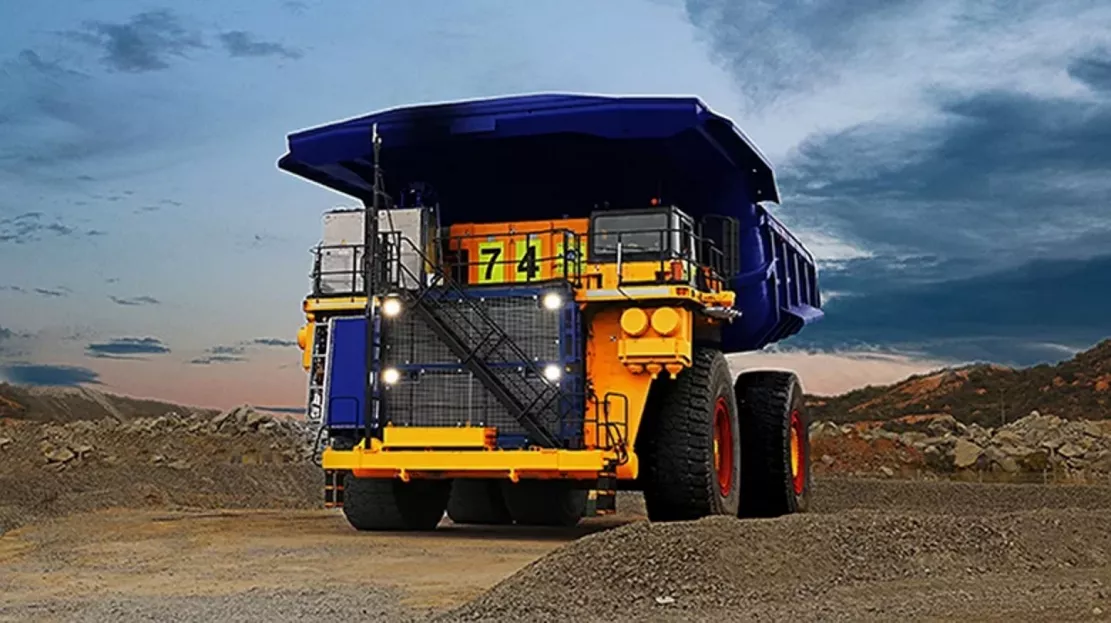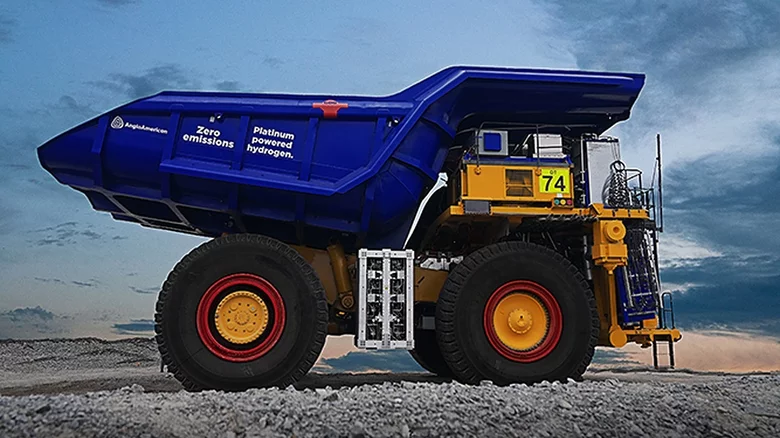Despite the inherent shortcomings of hydrogen powered vehicles in energy efficiency, cost and infrastructure, the world's top carmakers and mobile companies are still studying hydrogen as a viable alternative to good old-fashioned fossil fuels. German carmaker BMW is one of the first companies involved in the production of hydrogen powered vehicles. Its 7-series hydrogen powered vehicles appeared as early as 2005.
Based on the BMW 760li luxury car, the hydrogen7 is equipped with a 6.0l V12 engine, which uses both gasoline and hydrogen.
At the same time, Japanese auto giant Toyota is another company to launch hydrogen fuel vehicles. The company launched Mirai FCEV (fuel cell electric vehicle). If you live in California, Hawaii or where hydrogen stations are popular, this excellent rear drive hydrogen car is a reliable choice. In addition, Toyota is also studying hydrogen fueled internal combustion engines. It even drives a corolla hatchback prepared for the track to race cars.
In fact, hydrogen technology is also suitable for commercial and industrial applications. Anglo American, a South African mining company, recently launched the world's largest hydrogen driven mine transport truck. When Toyota proves that hydrogen can be used in the smallest remote-controlled toy car for future consumers, Anglo American is using hydrogen technology for huge industrial applications.
Meet nugen 2 MW hydrogen battery hybrid truck

Anglo American's huge 2 MW hydrogen battery hybrid truck is the product of the company's nugen zero emission transportation solution (zehs) and is part of the group's futuresmart mining sustainable mining initiative. Duncan wandblad, CEO of Anglo American, said: "the mining industry plays a considerable role in helping the world decarbonize, both through our own emission footprint and through the metals and minerals we produce, which are essential for low-carbon energy and transportation systems."
Through cooperation with other technology companies such as engine, first mode, Ballard and nproxx, Anglo American modified a 2 million KW hybrid battery and hydrogen fuel cell power unit to a diesel powered mining transport vehicle. Fuel cells provide half of the truck's power, while the other half comes from a huge battery pack that recovers electricity from braking.
According to Anglo American, a typical hydrogen fuel cell vehicle mixes hydrogen fuel with oxygen and uses platinum as a catalyst to produce a chemical reaction. The electric energy generated by this reaction provides power for the motor to turn the wheels, and the only emission is water vapor.
Qualification of bulldozer

The nugen mining vehicle has a payload of 290 tons. In addition, it has a 1.2 MWh battery pack. Nugen truck's fuel cells and batteries can generate 800 kilowatts of power. If you calculate, the truck has a 1200 kwh battery, which is equivalent to about 15 modern IONIQ 5 battery packs, which is a large number. But then again, that means a lot of power is needed to move vehicles weighing more than 15400 pounds (7000 kilograms).
It is understood that nugen trucks will be self-sufficient. The project includes a fully integrated green hydrogen refueling station, and the company will also use Africa's largest electrolyzer and solar cell array to produce green hydrogen on site. According to Anglo American, nugen trucks will soon join the company's open-pit platinum mine business. The company plans to replace its diesel powered mining truck fleet with nugen hydrogen trucks to eliminate large amounts of diesel emissions associated with its workplace. In addition, Anglo American added that its current fleet of 40 diesel mining trucks can consume up to one million litres of diesel fuel a year.
"In the next few years, we envisage converting or replacing our current diesel powered truck fleet with this zero emission transportation system fueled by green hydrogen. If this pilot is successful, we can eliminate diesel emissions from our open-pit mines by up to 80% by promoting this technology in our global fleet," wandblad said